If you are a property owner, you most likely have neighbors on at least one side of your property. Imagine a situation in which your neighbor could potentially gain legal title to a piece of YOUR property. This is possible under a legal concept called adverse possession. Under the legal doctrine of adverse possession, land can legally pass from the rightful owner to the trespasser under very specific conditions. When people hear the term ‘adverse possession’, they often think of trespassing squatters. However, the large majority of adverse possession cases in Ohio actually involve property line disputes.
What is Required to Prove Adverse Possession in Ohio?
If a squatter lives on and cares for your property, he may have the chance to obtain that land in court. However, that is unlikely because of the specific conditions required to prove adverse possession. Thus, the reason property line disputes are often the cause of adverse possession disputes. In Ohio, a trespasser must prove use and care for the property that belongs to the other person for a time period of at least 21 years. Additionally, the possession of the property must be:
Hostile: The trespasser does not have a legal right to the property and was never given permission to use it by the legal owner.
Open and Notorious: The use of the property cannot be hidden or secretive. It has to be noticeable by the average person. The trespasser must be using the property as the legal owner would use it.
Continuous: The property must have been used by the trespasser without interruption for a period of at least 21 years. “Tacking” is allowed in Ohio, which is when adverse use of the property passes from one owner to the next. For example, if a person lives in a house and uses and maintains a piece of the neighbor’s yard for 10 years and then sells the property and the new owner uses and maintains the same piece of the neighbor’s yard for the next 11 years, this would constitute a continuous use for 21 years.
Actual: The trespasser must have been exerting some sort of control over the property, either by building a structure or by using and maintaining the property on a regular basis.
Exclusive: The trespasser must be the only person using the property. If the land is used publicly or used equally by others, it is not exclusive.
Since this can be a difficult concept to understand, here is an example. Todd Smith lives in a house located at 4389 Serenity Avenue. He purchased the property from Jeff Berry 7 years ago. The property has a workshop in the backyard that was built by Jeff Berry 25 years ago. Todd Smith’s neighbor, Jane Green, has recently had a survey done of her property located at 4391 Serenity Avenue, and it has been discovered that Mr. Smith’s workshop encroaches onto her property line. Todd Smith has a strong claim for ownership by adverse possession because both he and Jeff Berry have used the workshop for over 21 years, as seen by all of the surrounding neighbors. They have also maintained the yard around the workshop. Jane Green has lived in her property for 30 years and knew about the workshop built by Jeff Berry and has seen both he and Todd Smith use the structure and yard space.
If you have a property line dispute and are unsure of your legal rights, please contact Richter Law today for a consultation.



